How To Install a Log Lighter
No doubt installing a natural gas or propane gas starter pipe, or log lighter, in your wood-burning fireplace or wood fire pit makes starting fires quick, easy and safe.
The only problem is you’re not quite sure how to install a gas log lighter, and connecting a gas line to your wood-burning fireplace or fire pit is no simple DIY task. You’ll need to have a professional gas technician come out to run and connect your fireplace gas line and help install your log lighter.
So to help you get a better idea of what to expect during this process, we’re going over how to install a log lighter in your wood-burning fireplace or outdoor fire pit.
How To Choose a Log Lighter for Your Wood-Burning Fireplace or Fire Pit?
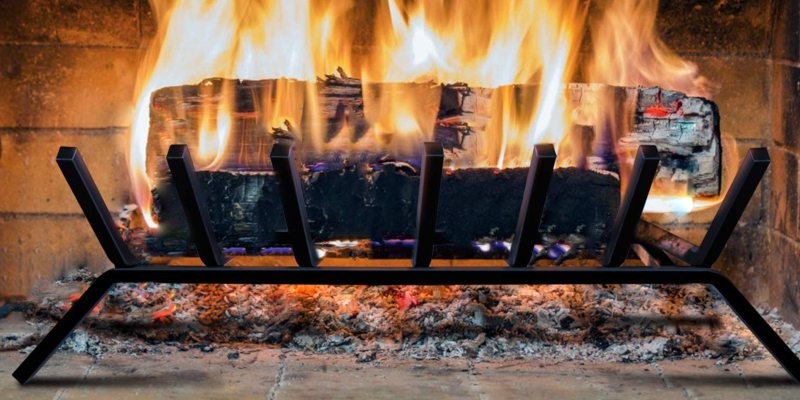 If you haven’t settled on the type of log lighter you want to use for your fireplace, then you’ll need to start here. To choose a log lighter, you’ll first need to know if you plan to use natural gas or propane as your fuel source. Installing a fireplace gas starter pipe starts with choosing the right device to fit your wood-burning fireplace or outdoor fire pit. You’ll need to choose between natural gas or propane and also determine what size log lighter you need for your feature.
If you haven’t settled on the type of log lighter you want to use for your fireplace, then you’ll need to start here. To choose a log lighter, you’ll first need to know if you plan to use natural gas or propane as your fuel source. Installing a fireplace gas starter pipe starts with choosing the right device to fit your wood-burning fireplace or outdoor fire pit. You’ll need to choose between natural gas or propane and also determine what size log lighter you need for your feature.
Only those homeowners without an existing natural gas or propane fuel source have a decision to make regarding the type of fireplace gas starter to use – natural gas or propane. Otherwise, it just makes sense to install a gas log lighter that runs off of the fuel source already connected to your home.
Natural Gas Log Lighters
Natural gas log lighters are designed to run off of a natural gas source. If your home is already equipped with natural gas lines, then this decision isn’t too hard for you – you’ll use a natural gas log lighter. Contact a certified gas professional to come out and connect your fireplace to the natural gas lines already running into your home.
Liquid Propane Gas (LPG) Log Lighters
Propane log lighters connect to a propane gas tank or fuel source. If you already run other appliances in your home on propane gas, then installing your log lighter to run on propane will be seamless. Again, contact a certified gas professional to come out and connect your fireplace to the propane gas lines you already have set up. Now all that’s left to do is find the right size gas starter pipe for your wood-burning feature.
Log Lighter Sizes and Fireplace Grates
Fireplace log lighters come in different lengths to fit under different sizes of fire grates. Log lighters are available in various sizes ranging from 12"-36", so be sure you’ve chosen a device that will fit comfortably with plenty of room in your firebox.
You’ll want a log lighter bar that sits comfortably under your fireplace grate without exceeding the length of the grate. A log lighter doesn’t have to be as long as your log grate, so it’s fine to install a fireplace gas lighter that only extends halfway along your grate. With a log lighter, you can go shorter but not longer than your fireplace grate. A shorter fireplace log lighter will still work to get your wood logs burning while a gas fireplace starter that’s too long is unsafe to use.
Your log lighter should be centered directly under your grate with the burner holes facing toward the room and up so the flames curl up and reach your firewood logs for burning. If the burner holes are facing straight up, then you’ll have ash and burned materials falling into the holes which will eventually ruin your log lighter.
.png?1648752216824)
What Hardware is Needed To Install a Log Lighter?
Other hardware beyond just the fireplace gas starter pipe is needed to successfully install your new log lighter. The following are the three main hardware components you’ll need for a fast and smooth log lighter installation:
-
Fireplace gas valve
-
Gas valve key and escutcheon
-
Fireplace gas line
Using a gas starter for a wood-burning fireplace means you’ll need certain hardware for running and connecting the gas lines, mounting the gas valves and operating your log lighter once it’s all hooked up and ready to go. The good news is there are fireplace gas valve kits available that include everything you need in one bundle. Gas valve kits include your escutcheon, valve key and gas valves so you don’t need to blindly mix and match these items separately.
Fireplace Gas Valve
Your fireplace gas log lighter device needs a gas valve installed on the outside of the firebox for controlling the flow of natural gas or propane to the burner pipe situated under the log grate. The gas valve is turned on when it’s time to light a fire and then turned off immediately after you get your firewood logs burning.
Gas Valve Key and Escutcheon
Next, you’ll also need an escutcheon and a valve key for your fireplace or fire pit gas log lighter. An escutcheon is a decorative gas valve cover that uses a gas valve key instead of a gas valve handle to start the supply of fuel to your log lighter. Instead of turning a handle every time you want to use your wood fireplace or fire pit fire-starting device, you insert your gas valve key into the escutcheon and give it a turn.
Gas valve keys are another important piece of hardware for installing a log lighter in a fireplace or fire pit. The valve key fits into your escutcheon and is used to turn the gas supply on and off. Your valve key should be kept in a safe location close to the gas valve and escutcheon in case you need to quickly start or stop the flow of natural gas or propane gas to your fireplace.

Fireplace Gas Line
Last, you’ll need a hard fireplace gas line, not a flex line, to connect your fireplace log lighter to the desired fuel source. Connecting your log lighter to a fuel source is done by drilling a hole into the side of the firebox so the gas line can run from the fuel source to the log lighter device situated underneath the fireplace log grate.
Running and connecting gas lines to your fireplace is not an easy DIY project. Contact a local gas service provider to come out and connect your gas line to the fuel source and log lighter in your fireplace. A gas technician will have a thorough understanding of local building codes and other regulations for installing gas appliances and accessories such as a gas log lighter bar for your wood-burning fireplace or fire pit.
Floor Mount vs Wall Mount for Your Fireplace Gas Valve and Escutcheon
When your gas professional comes out to connect the gas lines to your fireplace, you’ll likely be presented with the option of mounting your gas valve and escutcheon on the floor or the wall. Sometimes, the way your home and fireplace are designed dictates where your gas valve and escutcheon can be mounted, but be prepared to choose between a floor mount or a wall mount when the technician arrives to install your fireplace gas lines.
For example, your fireplace area may not have room for a floor mount, so a wall mount is your only option. Likewise, the areas around your fireplace walls may not have enough room to support mounting a gas valve and escutcheon, so mounting your hardware on the floor is the only option. A certified gas professional is trained to identify the spot where you should mount your fireplace gas valves and escutcheons.
Once you’ve settled on a spot to mount your valve and escutcheon and your fireplace gas lines have been professionally run and connected, it’s time to start using your new log lighter device. Always be sure to thoroughly read the manual and instructions that came with your log lighter before firing it up for the first time.
If you’re installing a log lighter in a wood-burning fire pit, then this process is just a little bit different and you’ll need to make a few extra considerations for the outdoor setting.
Installing a Gas Firewood Starter in an Outdoor Wood Burning Fire Pit
The process for installing a gas starter or log lighter in your outdoor wood fire pit is a little different than it is for your indoor wood-burning fireplace. Remember, you’re installing a fireplace gas starter pipe in an outdoor setting, so you’ll need to make a few extra considerations such as:
-
Choosing the right log lighter for an outdoor fire pit
-
Running and connecting gas lines outdoors
-
Storing and protecting a fire pit log lighter
If you already have a log lighter installed in your fireplace and would love to have that same convenience in your outdoor feature, then make these extra considerations before moving forward with your fire pit log lighter installation. Again, you’ll want to hire a professional to come out and connect your fire pit log lighter to a natural gas or propane fuel source.
Choosing the Right Log Lighter for an Outdoor Fire Pit
To install a gas starter or log lighter in a fire pit, you’ll need to choose a device made from stainless steel. A stainless steel log lighter is one of the best fire pit accessories for making your life easier. You'll want a log lighter made from stainless steel that resists corrosion, rust and stands up to the elements better than cast iron or regular steel. No matter how hard you try, your wood-burning fire pit gas starter will eventually be exposed to the elements, so you’ll want to protect it.
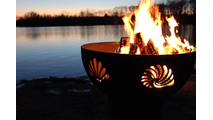 Your fire pit starter needs to be sized and positioned just like your fireplace lighter, directly under the log grate with the burner holes facing up and slightly out for the flames to curl back and touch the wood logs. Again, you don’t want the burner holes facing straight to prevent ash and debris from falling into the burner ports.
Your fire pit starter needs to be sized and positioned just like your fireplace lighter, directly under the log grate with the burner holes facing up and slightly out for the flames to curl back and touch the wood logs. Again, you don’t want the burner holes facing straight to prevent ash and debris from falling into the burner ports.
Aside from positioning, you’ll also need the same hardware for your fire pit log lighter as you did for your fireplace gas starter – gas valve, escutcheon and gas valve key.
Running Gas Lines to an Outdoor Fire Pit
Choosing a fuel source for a wood-burning fire pit log lighter is a little more flexible than it was back inside the house. Of course, if you’re already equipped with natural gas or propane around your home and property, then it makes sense to connect your fire pit’s log lighter to that fuel source.
For running the gas lines out to your fire pit, you’ll want to go with a black underground flex line. This type of line might be a little more expensive at first, but the quality and durability of an underground flex line will save you time and money in the end. Again, a certified gas technician will be well-versed in running underground gas lines and connecting them to your outdoor features.
Storing and Protecting a Fire Pit Log Lighter
To store and protect your fire pit log lighter when it’s not in use, you’ll want to use a fire pit cover. Fire pit covers come in a variety of shapes and sizes designed to fit any type of outdoor fire feature. You can find fire pit covers made from fabric, vinyl or polyester that will help protect your log lighter from the elements plus keep your fire pit protected while it’s not in use.
It’s also important to find a safe place to store your gas valve key. The last thing you want is to do is have to go searching for your gas valve key when you’re ready to sit outside and enjoy your easy-to-start wood-burning fire pit. Unlike your gas valve key for your fireplace, your outdoor fire pit valve key might be harder to keep nearby the fire pit. Find a place to keep your valve key that is easy to remember and where everyone who uses the fire pit knows to find it.
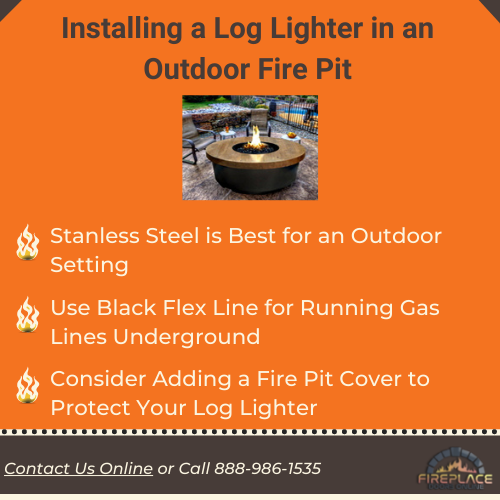
Summary of Installing a Gas Starter Pipe in a Fireplace or Fire Pit
Deciding to install a gas log lighter in your fireplace or fire pit is one of the most popular ways to upgrade a wood-burning feature for homeowners. Log lighters are connected to either natural gas or liquid propane fuel sources and come in various lengths. Buying the right size fireplace log starter to match the size of your firebox and fireplace log grate is important.
But it’s equally important to remember that you’ll need a certified gas professional to come run and connect gas lines from the fuel source to the log lighter mounted in your fireplace or fire pit. You’ll need certain hardware to complete your log lighter installation, but choosing the right equipment can be tricky at times. Hard gas lines are used to connect a log lighter in your fireplace whereas a flex line is used for running gas lines underground and out to your fire pit.
If you’re installing a log lighter in a wood-burning fire pit, then you’ll also need to consider the weather elements and choose a gas fire starting device made from stainless steel. You should also consider ways to protect your log lighter and fire pit when they’re not in use such as with a vinyl, fabric or polyester cover. Covers and screens both work well to help keep your outdoor burning accessories and equipment safe while they’re not being used.
Shop Fireplace Doors Online for Log Lighters and Other Fireplace Accessories
A log lighter is more than a decorative fireplace accessory for your home. Log lighters serve a real purpose in your firebox and help make your life easier and your fireplace or fire pit more enjoyable to use. Fireplace Doors Online carries natural gas and propane log lighters, gas valve kits, decorative escutcheons, replacement valve keys and more!
Browse our online selection of stainless steel and cast iron log lighters designed to make starting wood fires quick and easy. Upgrade your fireplace further by shopping our variety of other hearth accessories such as fireplace log grates, decorative firebacks and fireplace toolsets. Shop for all of your fireplace needs right from the comfort of your mobile device or computer at the Fireplace Doors Online store. We even offer FREE SHIPPING on all orders within the continental US!
Need help finding the right size log lighter or other accessories to fit your fireplace or fire pit? Our team of professionals is standing by ready to help you find everything you need to design the fireplace of your dreams.
Contact us online, use our snapshot quote tool or give us a call at 888-986-1535 and we’ll be more than happy to help you find exactly what you’re looking for!


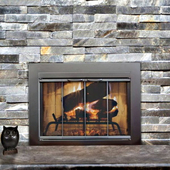
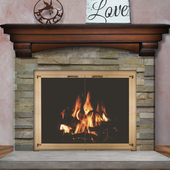

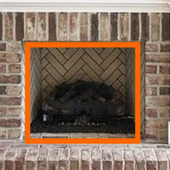
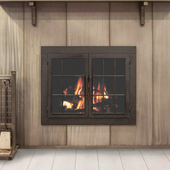
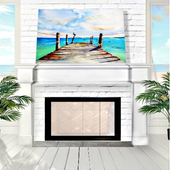
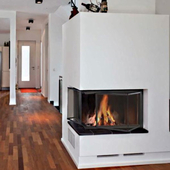
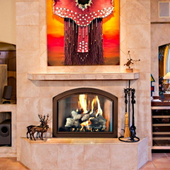
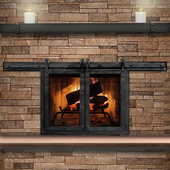
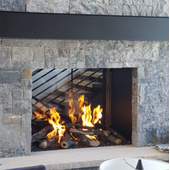
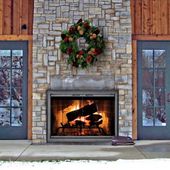

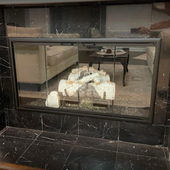
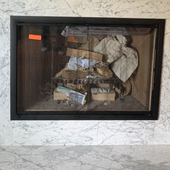
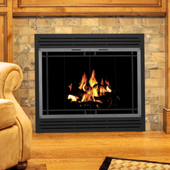
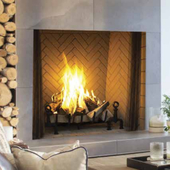
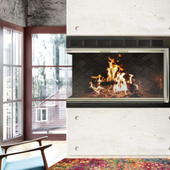
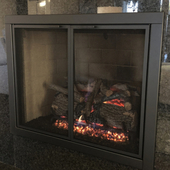
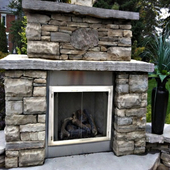
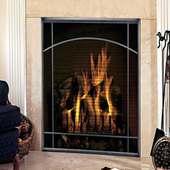
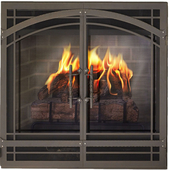
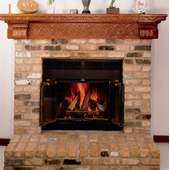
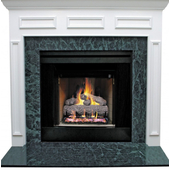
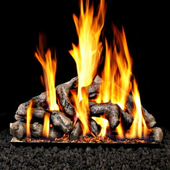
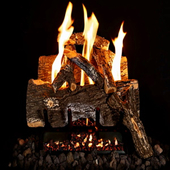
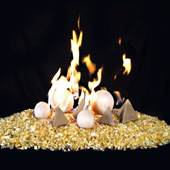
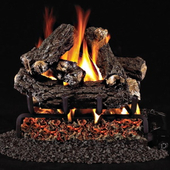
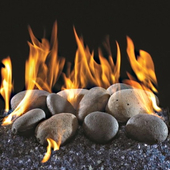
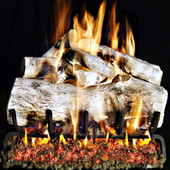
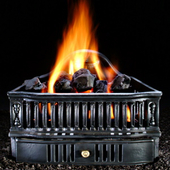
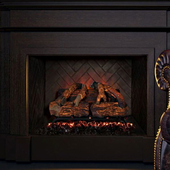
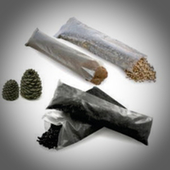
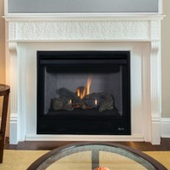
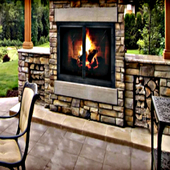
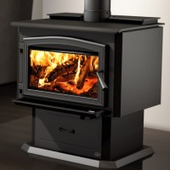
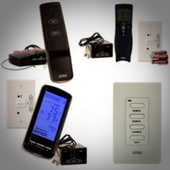
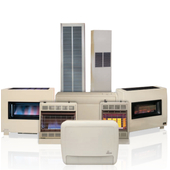
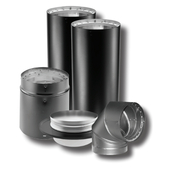
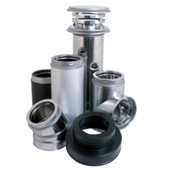
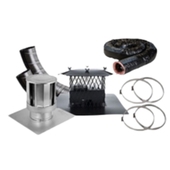
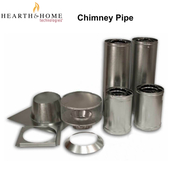
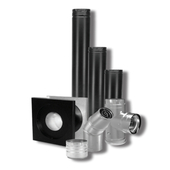
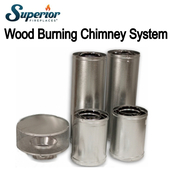
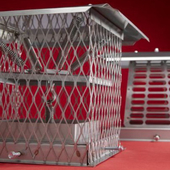
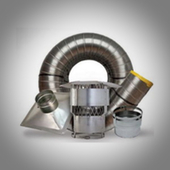
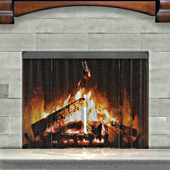
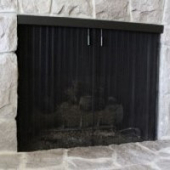
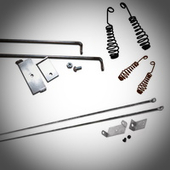
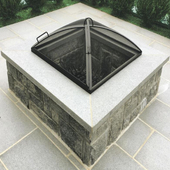
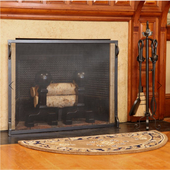
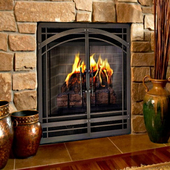
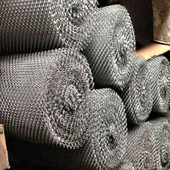
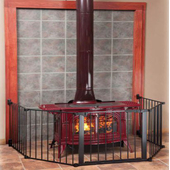
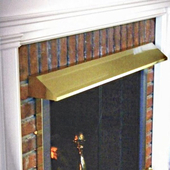
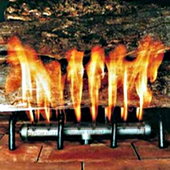
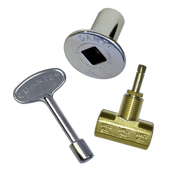
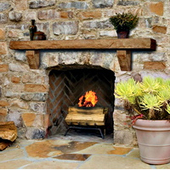
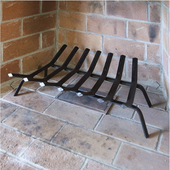
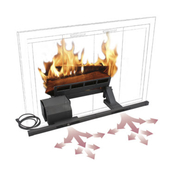
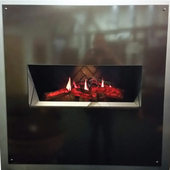
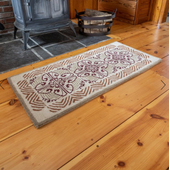
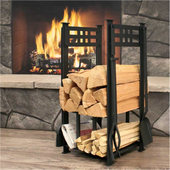
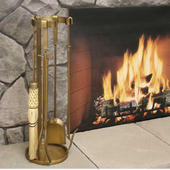
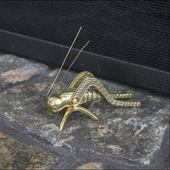
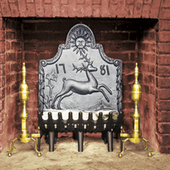
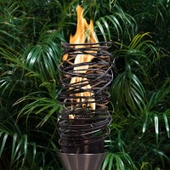
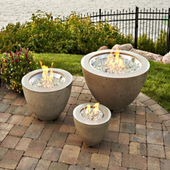

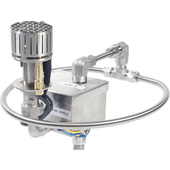
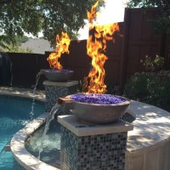
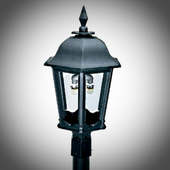
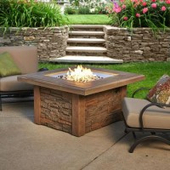
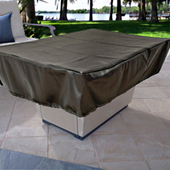
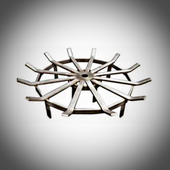
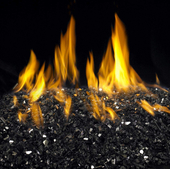
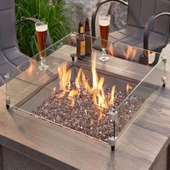
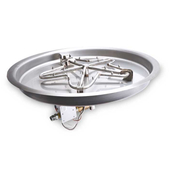
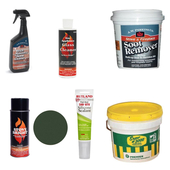
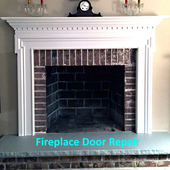
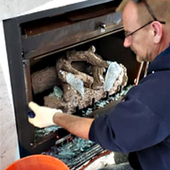

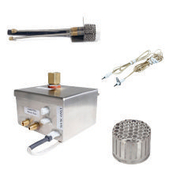
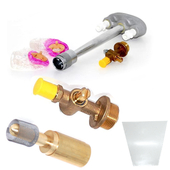
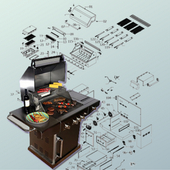
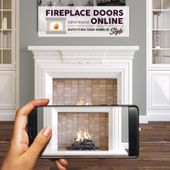
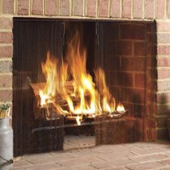
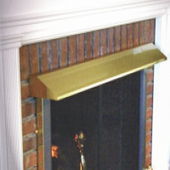
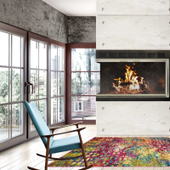
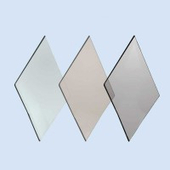
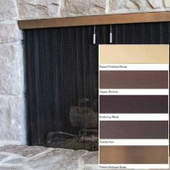
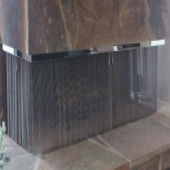
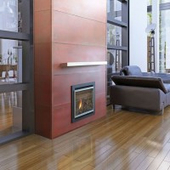
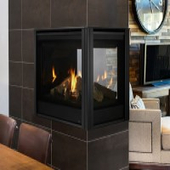
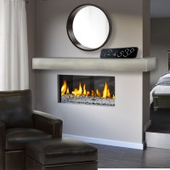

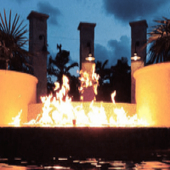

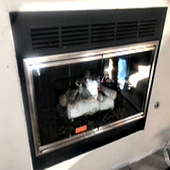


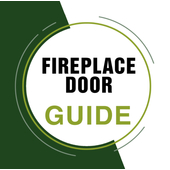

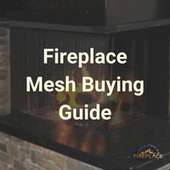



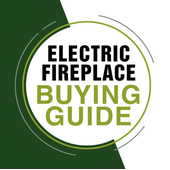
.png?1648751020671)
.png?1648751524542)


